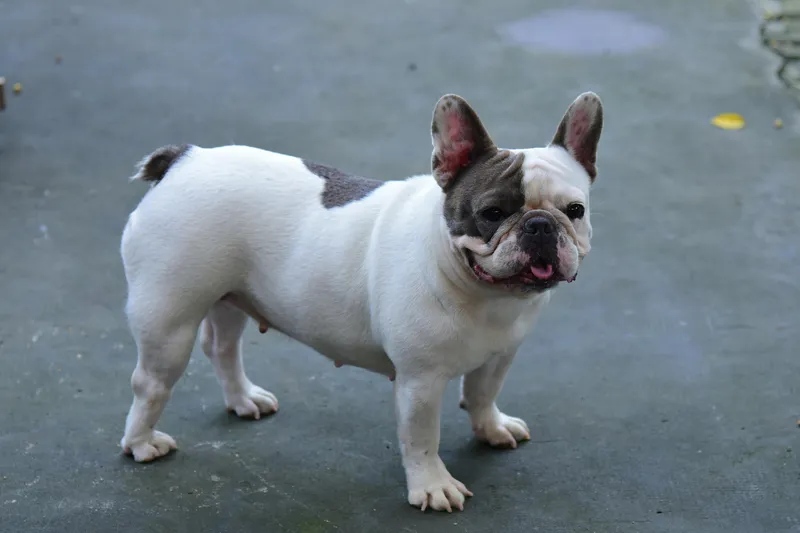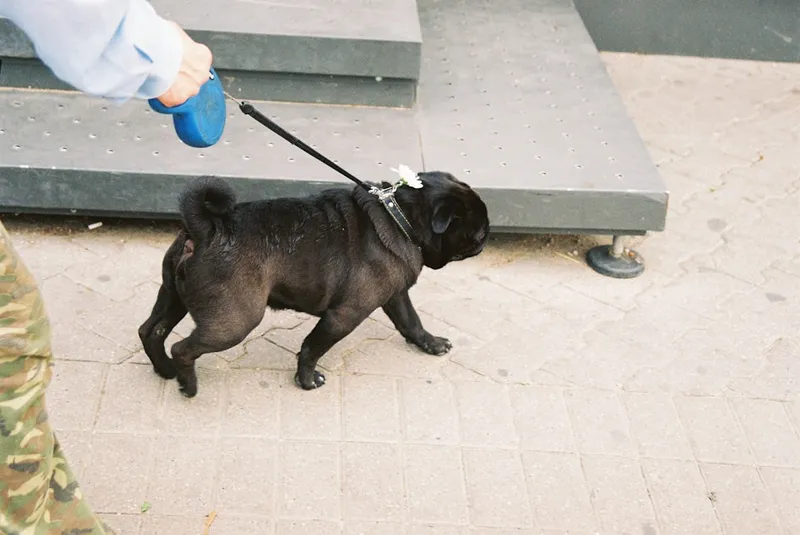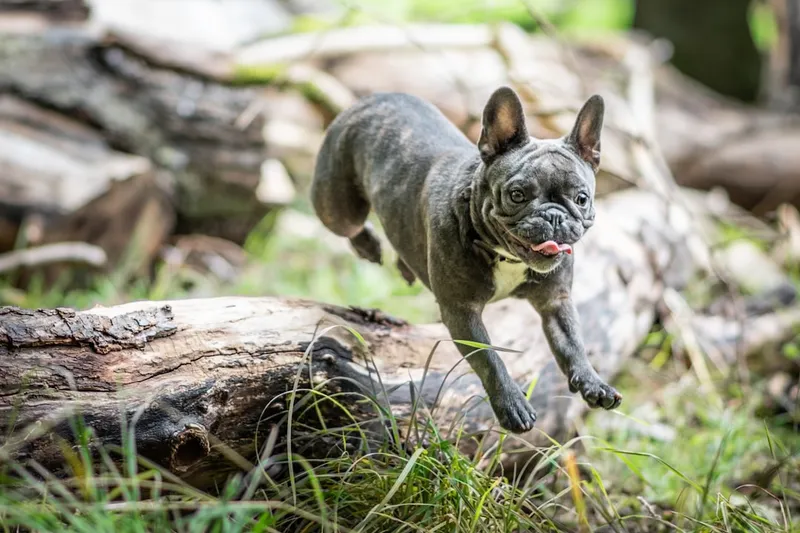The English Bulldog is one of the most recognized and beloved breeds in the world. Its distinctive appearance, endearing character, and rich history have made it a British symbol and an excellent choice for experienced families. However, it’s also a breed that requires special care and constant attention.

Breed Traits & Characteristics
Origin and history of the English Bulldog
Background: bullenbeisters and bull-baiting
The English Bulldog has its roots in England, where it was developed from mastiff-type dogs used in the medieval sport of bull-baiting. It was a brave, strong dog with powerful jaws and great resistance to pain.
From fighting dog to modern family pet
After the prohibition of bull-baiting in 1835, British breeders began selecting specimens with more docile temperaments, gradually eliminating aggression without losing their robust appearance. This gave rise to the modern English Bulldog: a loyal and affectionate dog, far removed from its combative past.
Physical characteristics of the Bulldog

Size, weight and distinctive morphology
The English Bulldog is medium-sized, compact and muscular. Its ideal weight is between 40 and 55 pounds. It stands out for its broad body, short legs, flat snout and wrinkled face.
Coat and accepted colors
It has a short, smooth coat that feels pleasant to the touch. The most common colors are white, fawn, brindle, red and combinations of these. Black markings on the face or body are frequent.
Physical differences between breeding lines
There are slight variations between breeding lines. Some prioritize respiratory or physical health, while others strictly adhere to traditional aesthetic standards.
Temperament and personality of the English Bulldog
Behavior with people and children
The English Bulldog is known for its sweet and affectionate personality. It is especially patient with children, making it an excellent family pet when properly trained.
Compatibility with other animals
It generally gets along well with other dogs and pets, especially if socialized from an early age. Its calm attitude avoids confrontations, although it can be stubborn.
Stubbornness and intelligence
They are intelligent but quite stubborn dogs. Training should be done with positive reinforcement and lots of patience. It’s not a breed that seeks to please continuously, but it learns what’s necessary if it feels motivated.
Bulldog health: common conditions

Respiratory problems (brachycephaly and consequences)
The Bulldog’s short snout makes it a brachycephalic dog, with a tendency to suffer breathing difficulties. This is aggravated by heat, obesity or excessive exercise.
Warning: Signs of overheating include intense panting, purple tongue, weakness and collapse. It should always have access to shade and fresh water.
Dysplasia, obesity and eye diseases
It is prone to hip and elbow dysplasia, as well as skin infections between the folds. Overweight is very common and should be prevented. It can also present corneal ulcers and eyelid problems.
Recommended veterinary care
It is recommended to take it to the veterinarian every 6 months for complete checkups. Attention must be paid to its breathing, skin, joints and eyes. It is common for females to require cesarean sections when giving birth.
Average life expectancy
The life expectancy of the English Bulldog is 8 to 10 years. Keeping it at a healthy weight, with frequent checkups and specific care, can improve its quality and duration of life.
Essential Bulldog care

Hygiene and grooming (cleaning of folds, teeth, skin)
Its folds should be cleaned daily with wet wipes or gauze to prevent infections. It also needs frequent oral hygiene and ear checks. Bathing every 4-6 weeks is sufficient.
Exercise recommendations
The Bulldog needs moderate exercise: short daily walks and some play. It doesn’t tolerate heat or prolonged effort. Walks should be during cool hours.
Ideal diet and weight prevention
A balanced diet, adapted to dogs with low physical activity, is essential. Choosing a quality food specific to brachycephalic breeds is recommended. Portion sizes should be controlled and excessive treats avoided.
Coexistence and ideal environment
Recommended space and climate
The ideal is a cool and controlled environment. The Bulldog adapts to living in apartments, as long as it has ventilation and exposure to extreme heat is avoided.
Ideal type of owner
The ideal owner is someone patient, responsible and who understands the needs of this breed. It is not recommended for very active people or those who plan to take long outings with their pet.
Adaptation to apartments or houses with gardens
It can live comfortably in both apartments and houses with gardens, as long as its needs for cool indoor space and rest are met.
English Bulldog in popular culture
American mascot and symbol
The Bulldog has become an iconic American symbol, representing determination and strength. Its image was used during World War II as a symbol of resilience and is now popular in American universities and sports teams.
University and military mascots
It is the official mascot of universities like Yale (with the famous “Handsome Dan”) and the University of Georgia Bulldogs. It has also been adopted by military corps as an emblem of courage and determination.
Notable curiosities and Guinness records
Some Bulldogs have achieved worldwide fame: from Guinness record winners for their wrinkles, to social media stars. Their physique and natural charisma make them very popular in advertising and pop culture.